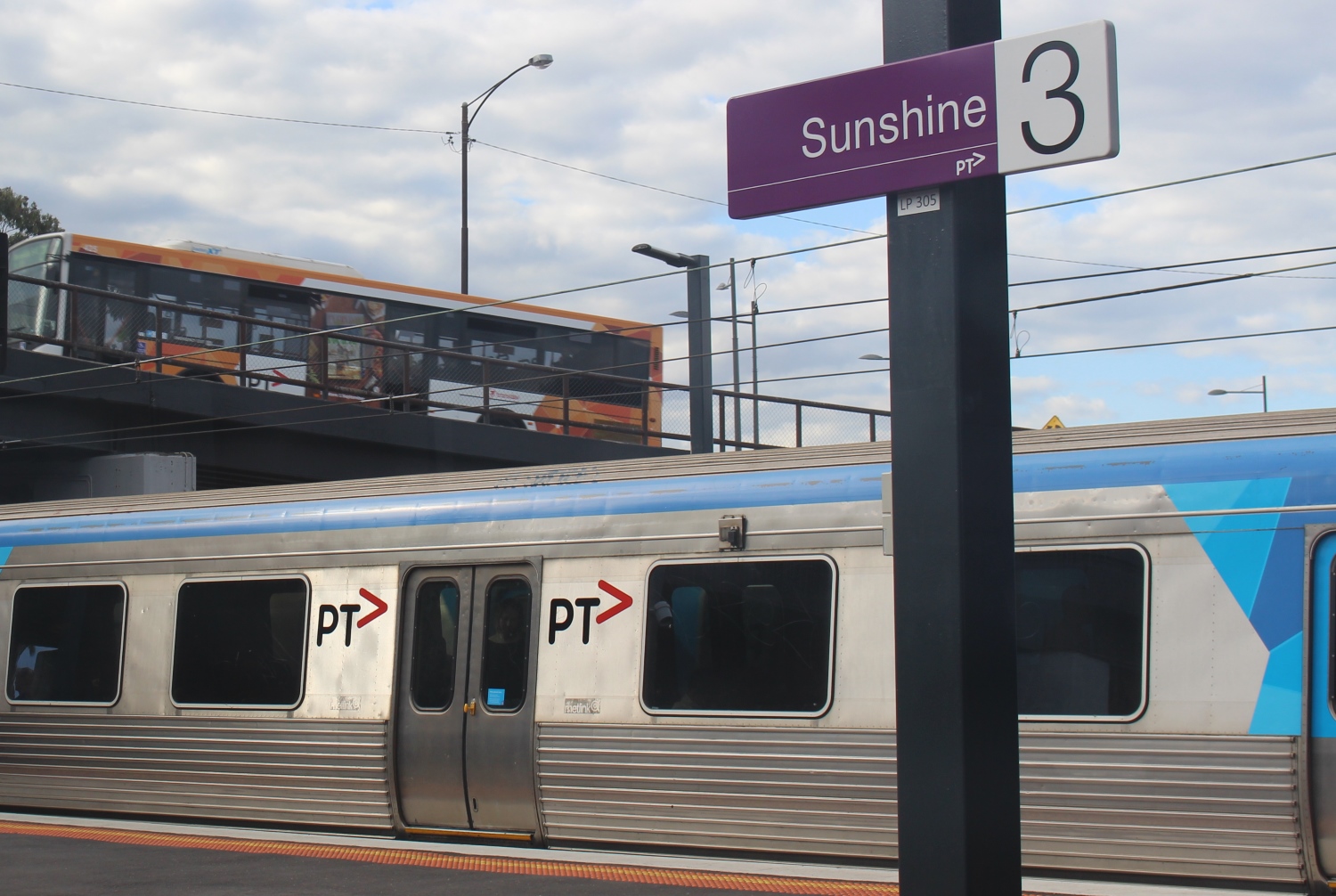The $10 billion pledge by Federal Labor toward Melbourne’s Suburban Rail Loop is a massive vote of confidence in restoring Melbourne’s reputation as a liveable city and responding to the climate emergency, but the size of spending underscores the urgent need for a coherent, community-led transport plan, according to the Public Transport Users Association.
The PTUA was “dumbfounded” at the Coalition’s determination to back the East West Link, a project that had already lost their State colleagues two elections, and that “even transport models originally designed for the express purpose of justifying big new roads” found would only return 50c of economic benefit for every dollar spent. The Coalition could better demonstrate its traditional economic credentials by throwing its weight behind suburban rail and bus projects, the PTUA said.
“Our public transport system needs to be ready to accept millions of additional passengers just in the next decade as the city grows and becomes less car-dependent,” said PTUA President Dr Tony Morton. “That demands action at all scales, from big city-shaping infrastructure to reform of local bus networks.”
At the same time it’s vital to ensure a robust economic, social and environmental case for proceeding with major initiatives, Dr Morton said. “Infrastructure investment is both necessary and popular. But because of that, politicians are motivated to assume any amount of spending on capital works is a good thing, and blow vast sums of money on the wrong projects.”
Dr Morton noted the Victorian Government originated the Suburban Rail Loop concept, but also wants to spend $16 billion on the North East Link tollway and a massively expanded Eastern Freeway. “The government’s boosting public transport, yet planning for people not to use it,” he said.
Governments are fatally conflicted, said Dr Morton, because of an over-reliance on ‘modelling’ not only to attempt to quantify benefits, but also to make implicit value-judgements about the kind of transport system a city like Melbourne ought to have.
“Transport models were created in the 1950s for the purpose of justifying freeway projects in US cities,” said Dr Morton. “It’s unlikely a single one ever lived up to what the model claimed, but it’s been rare for anyone to follow up claims versus reality after one is built So while we’ve learned that every big new road project generates new traffic and there are no long-term ‘congestion busting’ benefits, the models still fail to properly account for this.”
“Rather than have infrastructure fed to them by an algorithm, governments should have a plan – one based on an explicit choice. Do we want more people driving or more using public transport? Do we want to be like Los Angeles and Houston, or do we want to be more like Paris and Vienna? Do we accept the permanent and irreversible environmental damage big roads cause, or do we embrace life in a city that takes environmentally friendly alternatives seriously?”
“Currently, our governments still act as though only they, and not us, are entitled to answer that question.”
“Every opinion poll that put the options head-to-head has found a majority of Australians would prefer that public transport improvement have priority over new roads. Our politicians need to listen, stop spending billions on motorways, and start ensuring that every Melburnian has a genuine option of reliable, frequent, fast public transport in their suburb,” concluded Dr Morton.


